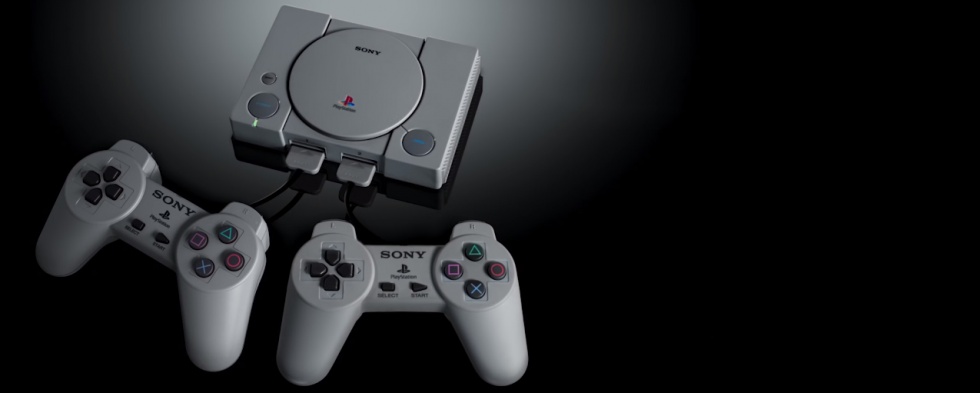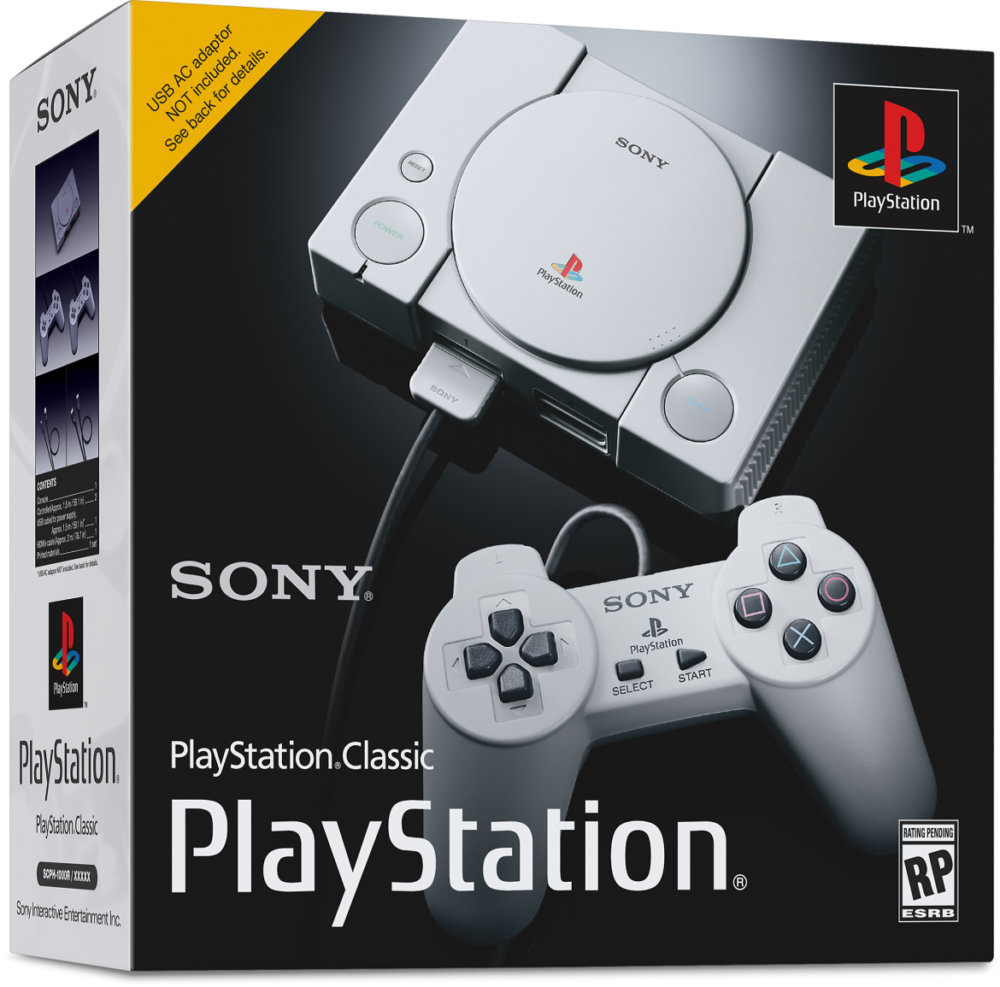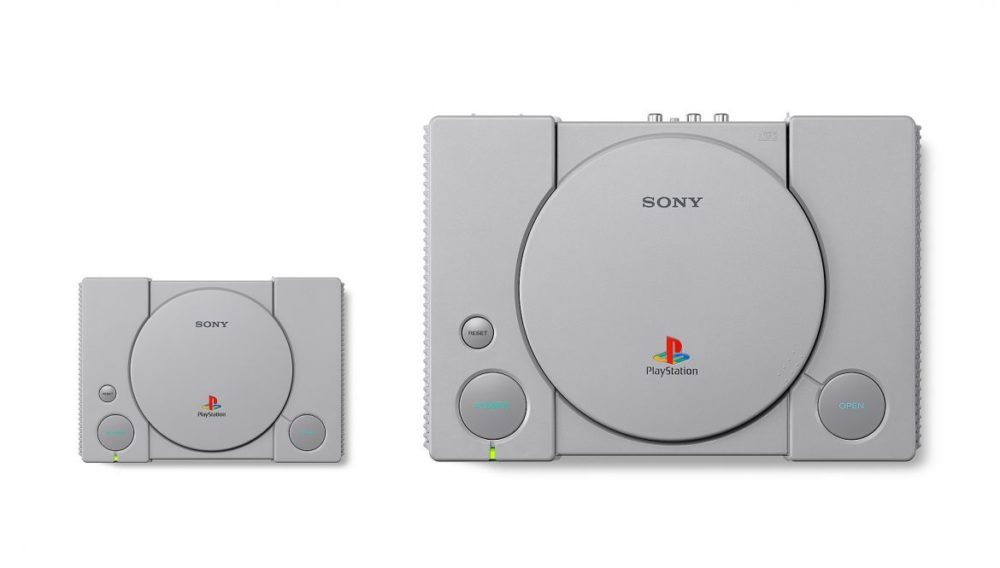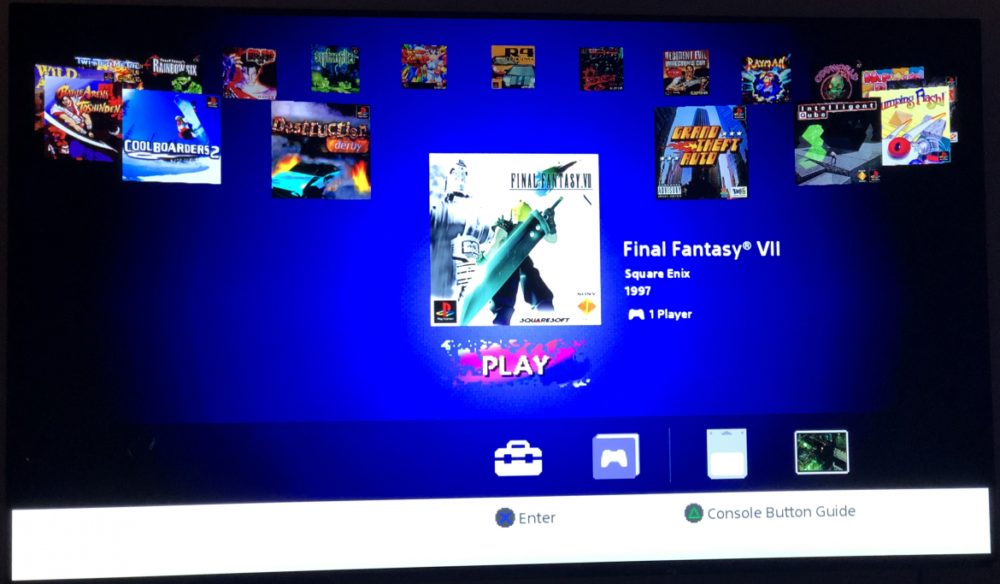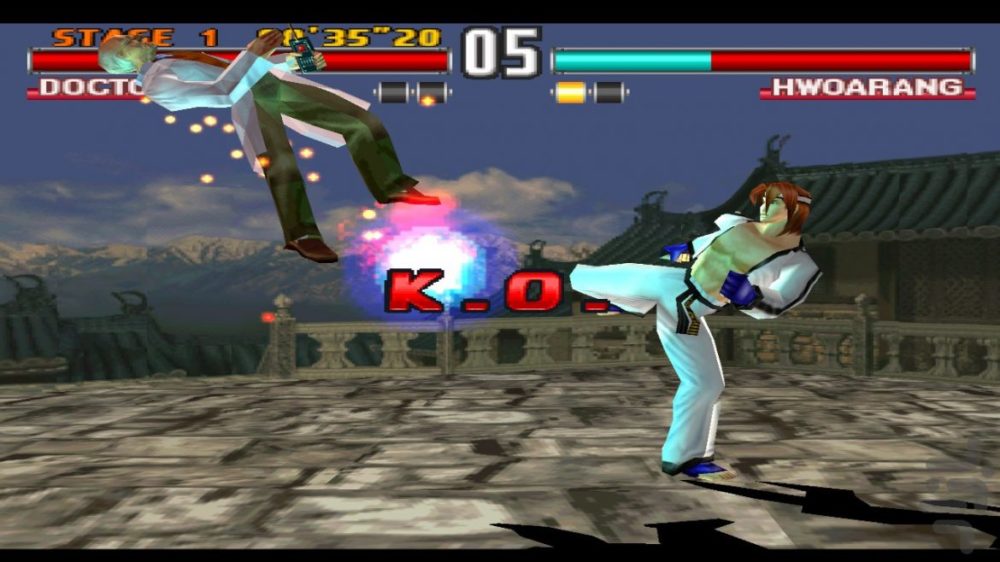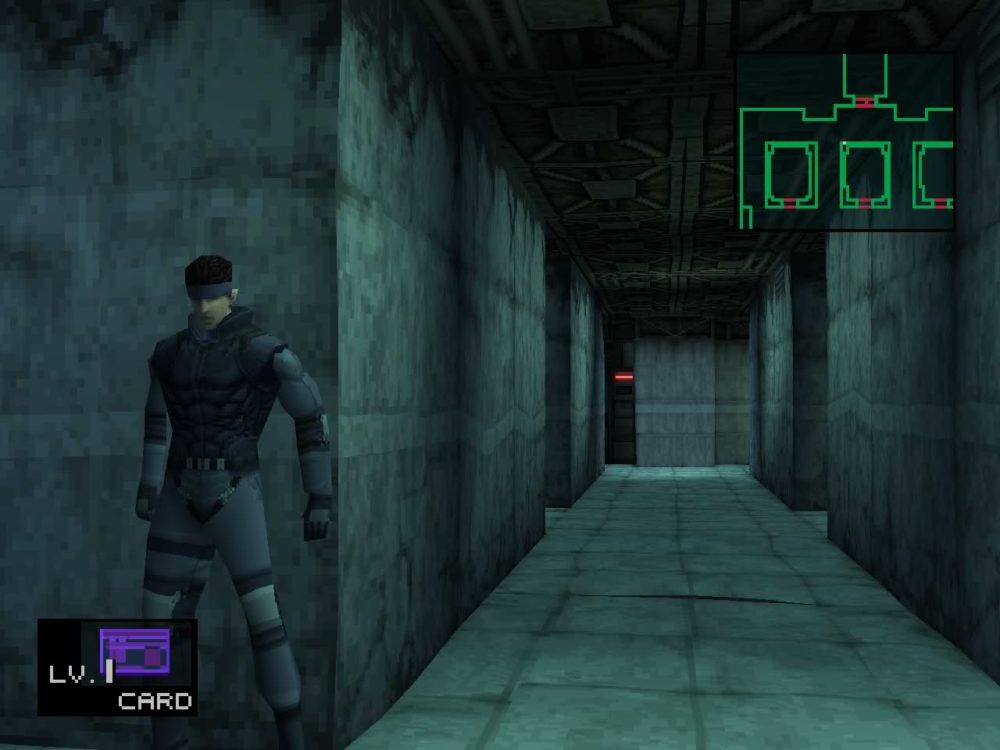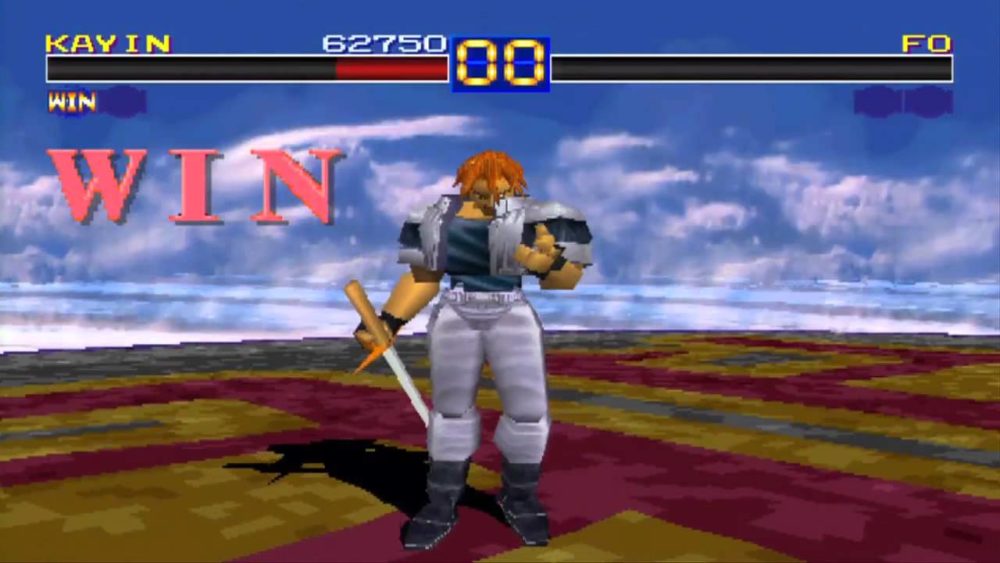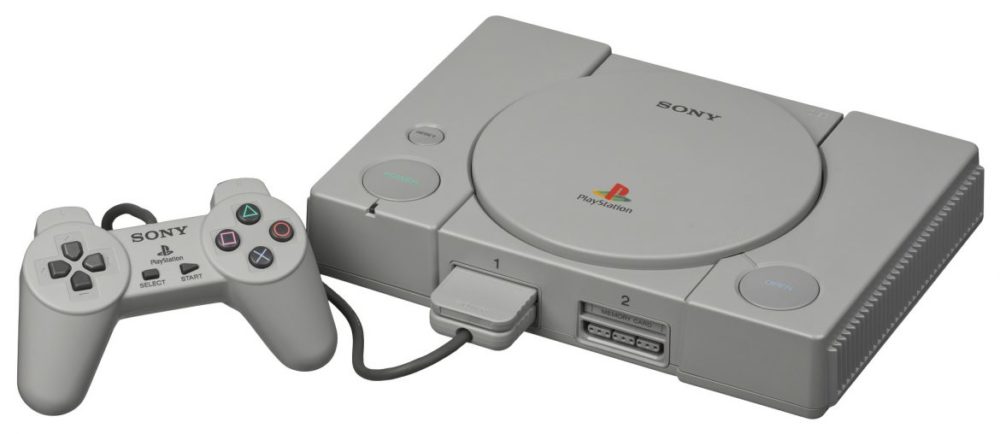TL;DR
The Sony Playstation Classic aims to capture retro gaming nostalgia but falls short technically. While it nails the iconic look and includes two classic controllers, its emulation is hampered by questionable game version choices (PAL vs. NTSC) and a lack of desirable graphical enhancements. Some games run poorly, and the overall experience doesn't quite match Nintendo's excellent mini consoles. Despite a solid game lineup featuring hits like Metal Gear Solid and Final Fantasy VII, the Playstation Classic feels like a rushed product that, ironically, requires community hacks to reach its full potential. Discover why this miniaturized classic might leave you wanting more in the full review.
Sony Playstation Classic continues a familiar trend: as individuals who grew up during the 1970s, 80s, and 90s enter adulthood (and potentially parenthood), the incentive for game developers to reissue classic games increases. This can manifest as meticulously preserved experiences (such as the NES collection available on Switch’s online service) or as enhanced versions boasting updated graphics and sound while retaining the original gameplay mechanics (e.g., Spyro – Reignited Trilogy). Consequently, retro gaming has surged in popularity. The availability of vintage consoles, cassettes, cartridges, CD-ROMs, and avenues for reliving childhood memories is virtually limitless, though acquiring these analog experiences on the second-hand market can be prohibitively expensive.
Sony has undoubtedly observed the success of its Japanese competitor, Nintendo, and sought to replicate the critical and commercial triumphs of the NES Classic Mini and SNES Classic Mini, both excellent retro gaming platforms. However, Sony should have examined the internal workings of these mini consoles more thoroughly, rather than merely imitating the superficial concept. Unfortunately, Sony’s Playstation Classic is something of a technical letdown.
From an aesthetic and accessory perspective, the Playstation Classic excels. The console is remarkably faithful to the original Playstation 1 (PSX). It features the three original top-mounted buttons: the power and reset buttons require no explanation, and the Open button—formerly used to open the CD-ROM drive—now serves to switch between digital disc images for multi-disc games like Final Fantasy VII. Two original controllers are included (the initial versions, predating analog sticks and dual shock vibrations). Despite their lightweight feel and the somewhat awkward placement of the small R2 buttons, they remain surprisingly ergonomic. Similar to Nintendo’s mini consoles, an HDMI cable and a USB A-to-USB B cable are included; however, users must provide their own USB power adapter.
The European version includes 20 pre-installed games stored as CD images within the console’s flash memory. The included titles are:
Battle Arena Toshinden
Cool Boarders 2
Destruction Derby
Final Fantasy VII
Grand Theft Auto
Intelligent Qube
Jumping Flash!
Metal Gear Solid
Mr. Driller
Oddworld: Abe’s Oddysee
Resident Evil: Director’s Cut
Revelations: Persona
Ridge Racer Type 4
Super Puzzle Fighter II Turbo
Syphon Filter
Tekken 3
Tom Clancy’s Rainbow Six
Twisted Metal
Wild Arms
Rayman
The selection is somewhat inconsistent. While it includes notable titles, several PSX classics are conspicuously absent. We will elaborate on the game selection later in this review.
Playstation Classic – The Technology
As with Nintendo’s mini consoles, the Playstation Classic houses a single-board computer with considerable processing power. The chipset comprises an ARM A35 processor with a PowerVR GE8300 graphics processor, 1GB of DDR3 RAM, and 16GB of flash storage (which could accommodate more games than are included). The games are executed in emulation using the open-source emulator PCSX ReARMed, which is specifically optimized for ARM processors. Therefore, the system does not utilize a genuine 32-bit RISC processor with a supporting chip, as the original PSX hardware did. While this would have provided a more authentic experience (albeit with original technical limitations), the specifications of the PS Classic far surpass those of the original PSX. This ample hardware should not only facilitate smooth emulation but also enable enhancements. However, this is unfortunately not the case.
While the classic Sony Interactive jingle and the reasonably well-designed menu system (which draws inspiration from Nintendo) initially evoke positive impressions, the console’s limitations quickly become apparent. Although the menus are functional and offer a clear overview of save files and instant save states, complete with the classic memory card interface and ample storage space, the settings menu is sparse. Beyond language and screensaver options, the customization options are limited. The video output is 720p, likely chosen for its straightforward scaling from the PSX’s original 240-line resolution (most PSX games were, surprisingly, around 320×240). The issue is that the PS Classic hardware upscales the image to 1080p before outputting the signal, resulting in a two-stage upscaling process for owners of 4K displays—first by the PS Classic and then by the display itself, which invariably degrades image quality. The console lacks modern filters for simulating CRT scanlines, anti-aliasing functions for smoothing edges and pixels, or any of the enhancements found in the NES Mini or RetroArch. (These settings are, however, present within the PCSX emulator itself and can apparently be accessed via specific USB keyboards, but they should have been accessible to all users through the menu from the outset.)
Sony’s engineers should have further examined Nintendo’s mini consoles due to the inclusion of both American and Japanese game versions. This decision is significant because of the historical differences between television systems: PAL and NTSC. The European (and Australian) PAL system featured a higher resolution (576 lines) but a lower refresh rate of 50Hz (resulting in a maximum of 25 fps). The American and Japanese NTSC system had a lower resolution (480 lines) but a higher refresh rate of 60Hz (allowing for a maximum of 30 fps). While these distinctions are largely irrelevant today, as modern displays support a wide range of refresh rates and resolutions, they fundamentally impact game performance. Because Japanese and American game versions were typically released first and considered “primary,” PAL territories received adapted versions for 50Hz. While frames were not omitted, the games ran approximately 16% slower. Tekken 3 exemplifies this difference. The PAL and NTSC versions of Namco’s fighting game classic offered drastically different experiences, with the European version feeling sluggish and affecting timing and gameplay.
For reasons that remain unclear, the developers of Playstation Classic opted to include PAL versions of several games. Conversely, other games are in their NTSC versions (including Wild Arms, Syphon Filter, and Final Fantasy VII). The rationale behind this decision is perplexing, as Sony possesses both access to and licenses for all versions of their games. This is regrettable, as these PAL versions offer no visual or performance advantages, while the ARM processor within the console is designed to output a 60Hz signal. This results in a further conversion, leading to inconsistent frame rates and noticeable stuttering in both R4: Ridge Racer Type 4 and Rayman, which otherwise run flawlessly at 60 fps on progressive NTSC. This ultimately compromises the consumer experience with the Playstation Classic.
The PCSX ReARMed emulator functions adequately with approximately 95% of the included games. While the rendering is generally acceptable, certain games exhibit significant issues. Cool Boarders 2 exhibits excessive graphical clipping and bugs, while the original Grand Theft Auto is rendered almost unplayable by its low frame rate of approximately 17 frames per second, leading to motion sickness on larger displays.
(The video above showcases the NTSC version, which offers smoother performance but still provides a glimpse of the issues.)
The hardware within the Playstation Classic is more than capable of running these 20-year-old games; therefore, the issues stem from negligence and questionable choices regarding game versions and the emulator itself. Sony possesses the resources to develop its own emulator or adapt its existing emulator from the PS2, PS3, or Vita. Utilizing PCSX ReARMed on a PC or a similar emulator on other ARM-based hardware, such as the Raspberry Pi 3B+ (often in conjunction with RetroArch), often yields superior results, provided that the correct game versions are available for creating disc images. As with the NES/SNES Mini, the Playstation Classic is being hacked, enabling users to add their own game versions. While we discourage the use of illegally downloaded ROMs and disc images, users who possess original NTSC PSX game discs can create disc images on their PCs (assuming they have a functional CD reader) that will likely perform better than the included PAL versions.
Playstation Classic – The Games
The announcement of the game list for the PS Classic drew criticism. While we were also somewhat disappointed, as many of our 25 favorite PSX games were omitted, comparisons with Nintendo are unfair. The Japanese gaming giant has always owned its game IPs, whereas Sony, in 1994, could not have foreseen its rise to dominance in the console market and therefore initially acquired relatively few IPs. While the absence of titles like Crash Bandicoot, Spyro the Dragon, and Castlevania: Symphony of the Night is regrettable, these games are owned by third-party developers and have recently been remastered for modern platforms. Therefore, licensing costs and agreements likely influenced Sony’s selection for the Playstation Classic. The resulting collection is still noteworthy.
Standout titles include Hideo Kojima’s Metal Gear Solid, which redefined the cinematic stealth genre, and Square’s seminal role-playing game, Final Fantasy VII. Despite minor audio and graphical imperfections, it remains engaging (although superior versions are available). Mr. Driller and Super Puzzle Fighter II: Turbo are additional highlights, and Oddworld: Abe’s Oddysee, a precursor to Limbo/Inside, deserves mention. Finally, Rayman, despite occasional frame drops and slight softness, remains one of the most stylish and accomplished platformers from the PSX era.
Several other games are adequate, although flawed in their execution. Tekken 3, arguably the best entry in the series (closely followed by Tekken 7), suffers from a slightly reduced speed, affecting the timing, while Ridge Racer Type 4, an excellent racing game, is marred by frame drops and intermittent audio issues, similar to Cool Boarders 2. Resident Evil: Director’s Cut reminds us of the game’s initial success while highlighting the clunky controls of the era; fortunately, numerous remakes are forthcoming (the remake of the second installment is arriving in January!). Grand Theft Auto, the original title that launched Rockstar Games’ journey to world domination, has aged poorly and suffers from poor emulation.
Finally, the collection includes titles such as Battle Arena Toshinden and Twisted Metal 3, which were mediocre even upon their original release but serve as a historical footnote. The inclusion of Jumping Flash! (does anyone remember it from the PSX era?) is notable as the only game with an unlocked frame rate. It is as unremarkable as the Rainbow Six game on PS1 (were there even Rainbow Six games on PSX?).
Overall, the collection is a mixed bag. While the Playstation Classic delivers generally acceptable emulation, with only GTA being truly unplayable, several games suffer from avoidable flaws primarily due to Sony’s inclusion of incorrect game versions, compounded by the combination of hardware and emulator. The key advantage of the PS Classic is its portability, making it easy to transport for enjoying via HDMI on a modern display, complete with two pre-configured controllers. The question remains whether it will attract a significant audience.
Playstation Classic – Final Verdict
We wanted to embrace the Playstation Classic, the miniaturized version of the console that shifted our gaming allegiance from PC to console in the late 1990s. While the console boasts a remarkable gaming legacy, the timing of its release is questionable. The execution appears rushed, and while system software has never been Sony’s forte, the company is capable of producing a better product. Furthermore, the retro status of the PSX is debatable. While it is undeniably old, 8- and 16-bit games with sprites and side-scrolling action-adventure gameplay (NES, SNES, Mega Drive, Amiga, etc.) are virtually extinct outside of indie development. Many of these 32-bit games are 3D creations—primitive versions of games we still play today, albeit with lower resolution, inferior sound, and unrefined details. There is a distinction between old-school and simply old.
This raises the question of the intended target audience for the Playstation Classic. Nostalgic gamers and retro enthusiasts are obvious candidates; however, they are likely aware of the original PSX gaming experience, and many collectors may already own a Playstation capable of superior PSX emulation (both Playstation 2 and Playstation 3 can emulate PSX, as can Playstation Vita and Vita TV). Nostalgic consumers demand authentic, premium experiences, making them the most discerning and critical audience. Reactions online reflect this, with much of the criticism, while sometimes exaggerated, stemming from unmet expectations. Younger gamers who were not around in the 1990s may be more accepting of the less-than-optimal experience offered by the PS Classic, but the justification for spending 1500 kr on a history lesson with no nostalgic connection is less clear. While several games remain enjoyable, the price makes them an expensive proposition, especially considering that improved versions are available on other platforms, such as PSN.
Ultimately, the Playstation Classic delivers an adequate experience with a commendable interface. We will occasionally use it for two-player gaming and appreciate its aesthetic appeal in our office test setup, alongside the NES and SNES Mini. However, superior methods exist for reliving the authentic PSX experience, even if the Playstation Classic is not a poor choice for those who can overlook its shortcomings. It is unfortunate that users must rely on homebrew modifications to achieve the gaming experience that should have been present from the beginning. Sony, acknowledge the rushed execution and provide an updated version 1.1 with the correct NTSC versions and bug fixes. The original Playstation 1 and its gaming legacy deserve a better tribute. We are granting you an extra life.
